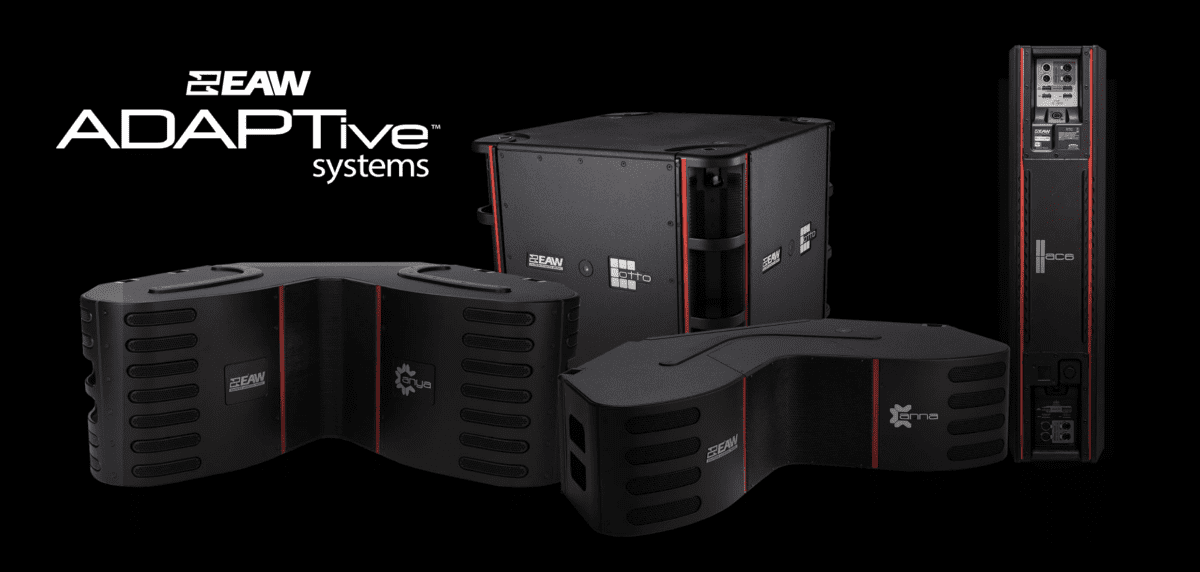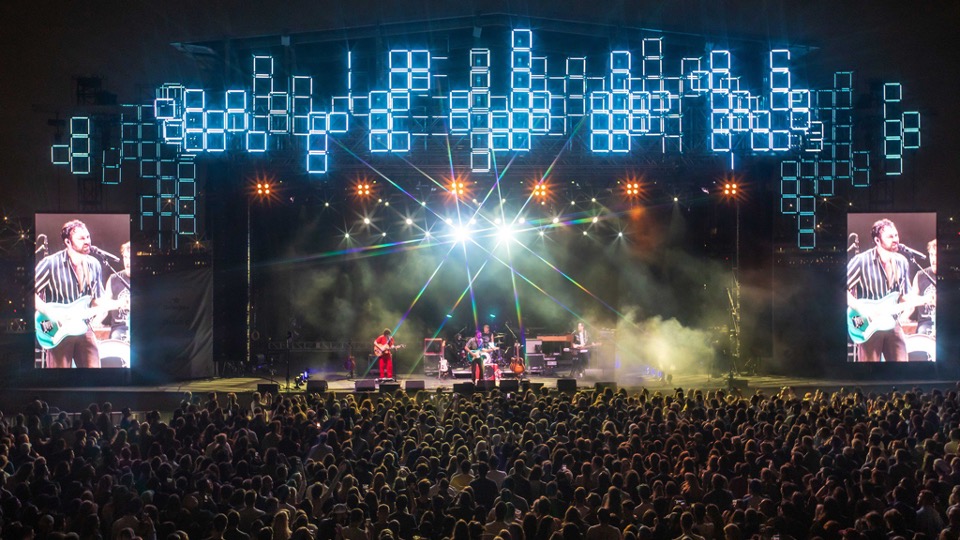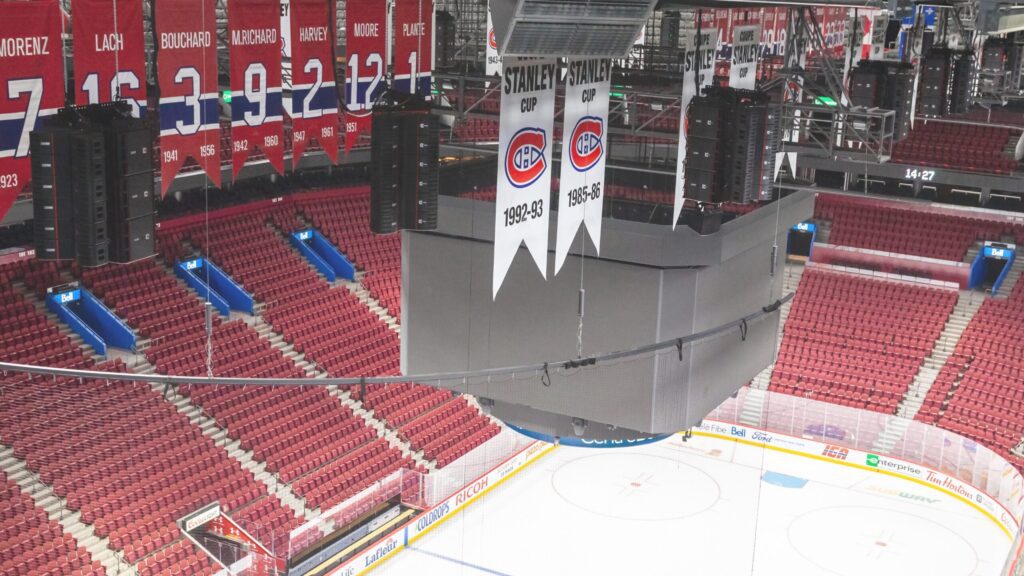Blog
Adapt or Die. (Well, Hear Us Out).

EAW is back. The legendary brand from the 80s and 90s is back, and back with some seriously killer-sounding speakers. I spoke with EAW President, TJ Smith, and they’re coming out of COVID with some of the best-sounding, easy-to-control, and compact speakers in the industry.
If you haven’t heard – or seen –ADAPTive systems from EAW, you’re missing out. EAW began developing ADAPTive in the mid-90s and soon introduced the KF900 (‘97) and DSA (’03), the first products to digitally control coverage using software. Improvements in amplifier and DSP technology paved the way for Anya, Anna and Otto in 2012 – 2015. EAW kept the kits coming in 2021 with the newest member of the family, AC6.
ADAPTive Sound Systems
EAW patented ADAPTive technology uses multiple closely spaced transducers, each individually processed and amplified, to precisely customize the loudspeaker’s coverage area to the venue. This approach achieves better results by keeping sound off walls and ceilings while using fewer loudspeakers. This can all be done on the fly during an event using EAW’s Resolution 2 Software.
The secret to the technology is the quantity and close spacing of the transducers. For example, AC6 has 30 HF transducers each placed within 1.5” of each other. By precisely controlling the signal to each of these transducers, EAW is able to control coverage well into the upper regions of human hearing. Think of this in terms of LED screen resolution. The more pixels and the closer they are together dictate how accurate the resulting image is. ADAPTive works in much the same way. The density and quantity of individually amplified transducers is unmatched in the industry, resulting in better performance from fewer loudspeakers.
A single ADAPTive loudspeaker can control its coverage from 90 degrees up to 90 degrees down (and anywhere in between). More loudspeakers can be arrayed to increase the Sound Pressure Level (SPL) performance. In addition, sensors on each surface of the loudspeaker sense the loudspeakers near it and automatically optimize performance as though they were a single unit.
Applications
Pier 17
Located in the Seaport neighborhood of New York City – near Wall Street and The World Trade Center, the Rooftop at Pier 17 hosts a variety of events ranging from fashion shows and photo shoots to large-scale concerts.

Seaport residents were concerned about the noise levels of live concerts and 4,000-capacity crowds. During testing, the volume was cranked up to the 105 dB target while real-time monitors in several locations at the Seaport and in Brooklyn took measurements.
The results: “In general, the music levels were in the lower end of the ambient range,” said Jeffrey Friedlander of SIA Acoustics, the chief sound system designer for the rooftop. In other words, the music could sometimes be faintly heard, he said, but was mostly below other noise, such as a refrigerator motor or the hum of traffic.
This was completed by using 12 x 2 Anya and 24 Otto speakers.
Belle Centre
With a capacity of 21,105 in its hockey configuration, Bell Centre is the largest ice hockey arena in the world. They were looking for a compact high-performance audio solution that could satisfy fans in the front row, right behind the glass, all the way to the top of the seating section.
Anna and Otto were the perfect solutions. The arrays were hung directly above the glass. Using software, the coverage was customized in seconds to give everyone in the audience a great game day experience.

The AC6
AC6 is designed to apply the same powerful technology found on Anya, Anna, and Otto to an architecturally elegant format. Clients will be impressed with the powerful and controlled sound coming from such a small and visually appealing loudspeaker.
The AC6 houses 36 individually amplified and processed transducers, 30 one-inch tweeters and six six-inch subwoofers. While traditional and beam-forming technologies limit the frequencies and beams, the AC6 is fully adaptive 90 degrees up to 90 degrees down – and everywhere in between.
The AC6 is controlled through EAW’s Resolution 2 software – with a Q-SYS plugin on its way. When a computer isn’t available, coverage presets can be recalled through the rear panel LCD screen and encoder or using the contact closure inputs located on the input panel.
It’s easy to service too. A modular design approach provides redundancy and full serviceability from the front of the unit making AC6 the easiest-to-service column loudspeaker available. And if you need more SPL or LF, the AC6 can be arrayed, and the IR sensor allows each A6 to report its relative location and communicate preset data.
Like I mentioned before, if you haven’t heard these guys in person, contact us for a live demo and we’ll get you hooked up.
